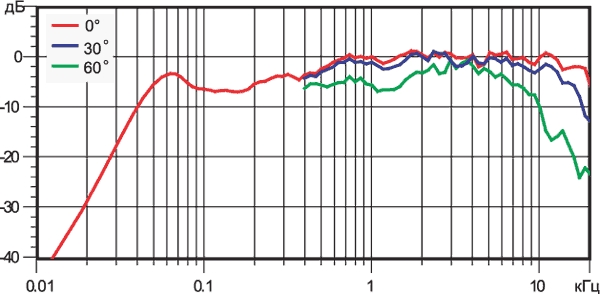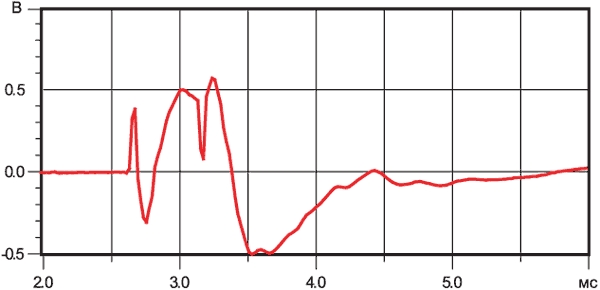Photos and specs Speaker pair M-Audio Studiophile BX8

American company M-Audio makes a wide range of equipment for home and professional studios with computer control. The firm was founded in 1988, has branches in the world, professional and consumer Department. Studiophile BX8 - older model in the line of professional monitors; besides it, there are a few less powerful systems, multi-channel kits. The model has the bass/midrange driver with a 200-mm membrane made of polypropylene, high temperature voice coil; speaker loaded on the rear port. At the tweeter see 25-mm silk dome; rear camera absorbs radiation from the back surface of the diaphragm. Both heads magnetoabrasive. To configure speakers include 4 of the regulator. Low sets the lower Cutoff frequency border: 37, 47, 80 Hz. MID Range specifies the level of average, two positions: Flat (even average) and Presence (rise). High Freq allows you to lower the level of high (above 2 kHz) on 2 and 4 dB compared to Flat (0 dB). Switch Acoustic Space has three positions for the compensation provisions of the AC in the room. The Volume control knob sets the overall volume. BX8 receives a balanced and unbalanced signal on XLR connectors, TRS. Strip receive equal gain: h W; before the amplifiers are active filters 2-th order. Organized reliable protection from negative factors (current, temperature, radiation). Rugged MDF laminated vinyl film.
Dynamic potential of the Studiophile BX8 quite sufficient for the model to work in secondary areas. Experimenting with placing pairs, proven to be effective influence on the sound adjustments Acoustic Space and way of Eqs. The sound of a pair of beautifully by tone of fullness. In its basis - tight, energetic, deep, well-structured bass. The columns are very beautiful is clear, the air is high. When you play some records heard a light color on the bottom middle. Panorama opens out from BX8 well-decorated as in the frontal dimension and depth. This model is quite versatile.

Adjustments are many, but all discrete.

Fig. 1. Frequency Response.

Fig. 2. Nonlinear distortion factor.
In response columns see sharp "cut" up to 65 Hz. Perhaps this is an objective justification for high-power bass. Above 100 Hz, the amplitude grows significantly and forms a lofty plateau, limited 700 Hz, 12 kHz. Thus, part of the middle and solid area high (up to 12 kHz) are on the rise - it's good listening. In response there is no significant frequent drops of relief, so tonal aspect of sounding quite good. Orientation model at 30 degrees low, at 60 degrees chart starts cool to subside after 10 kHz.
| Copyright © 2013-2024 audio-reviews.com |